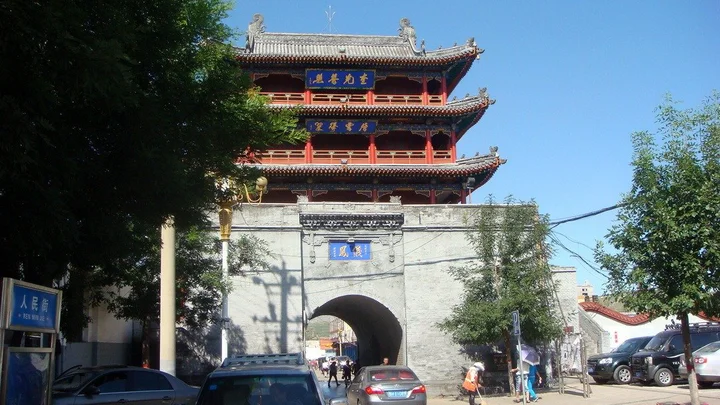Top 10 gates of the Great Wall
The ten major gates of the Great Wall are famous military gates that have played an important role in the history of China, and have made great contributions to the defense campaigns of the dynasties and dynasties.

1. Shanhaiguan
Shanhaiguan is located 15 kilometers northeast of Qinhuangdao City, Hebei Province. It is one of the northeastern passes of the Ming Great Wall. Before 1990, it was considered to be the starting point of the eastern end of the Ming Great Wall and was known as one of the "Three Wonders" of the Great Wall of China (with Shanhaiguan in the east, Zhenbeitai in the middle, and Jiayuguan in the west). Known as "the first pass in the world", "the throat of the border county, the protection of the capital", it echoes with Jiayuguan, which is thousands of miles away, and is famous all over the world.
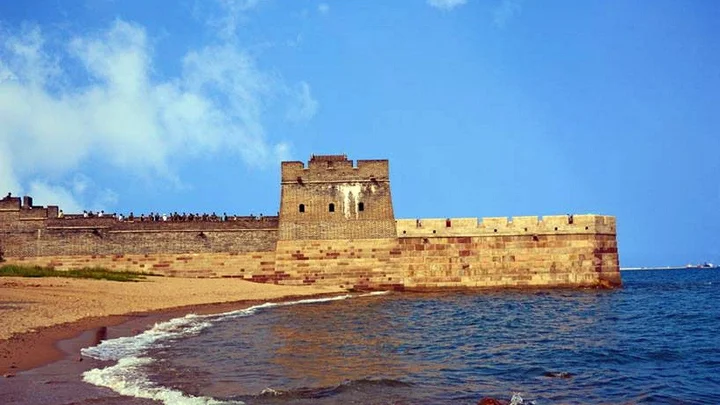
2. Jiayuguan
Jiayuguan, known as the "No. 1 Great Pass in the World", is located in the middle of the narrowest valley 5 kilometers west of Jiayuguan City, Gansu Province. The city walls on both sides of Jiayuguan traverse the desert Gobi, connect the Great Wall of Montenegro to the north, and connect the first pier in the world to the south. It is the westernmost pass of the Ming Great Wall. Historically, it was called the throat of Hexi. Because of its dangerous terrain and majestic buildings, it is known as the lock and key of the border.
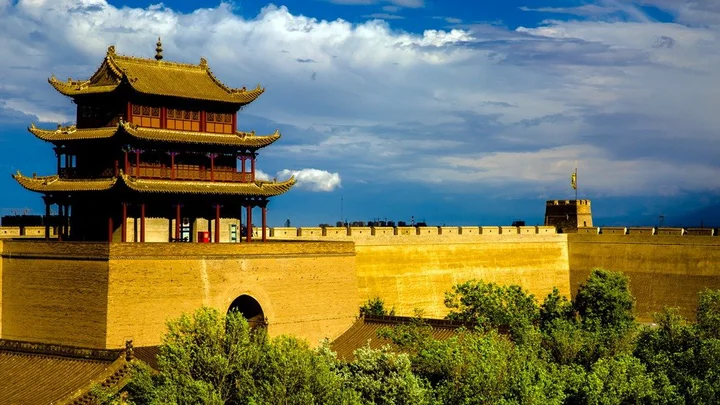
3. Yumen Pass
Yumen Pass was established when Emperor Wu of the Han Dynasty opened the road to the Western Regions and set up the four Hexi counties. It got its name because of the way through which jade was imported from the Western Regions. In the Han Dynasty, it was the gateway to all parts of the Western Regions, so it was located in Xiaofangpancheng, northwest of Dunhuang, Gansu. Yumen Pass and Yangguan Pass are important places for troops.

4. Yanmen Pass
Yanmen Pass, also known as Xixing Pass, is located in Yanmen Mountain, about 20 kilometers north of Daixian County, Xinzhou City, Shanxi Province, China. It is an important pass on the Great Wall. Together with Ningwu Pass and Pian Pass, it is called the "Three Outer Passes". Yanmen Mountain is shaped like a gate due to the confrontation between the two mountains. It got its name because the flying geese came out of it.
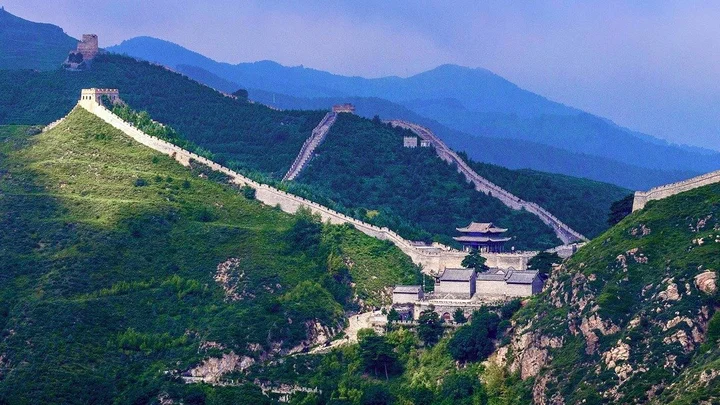
5. Juyongguan
Juyongguan is one of the famous gates of the Great Wall of Ming Dynasty. Together with the nearby Badaling Great Wall, it is an important barrier to the northwest of the capital Beijing. Together with Daomaguan and Zijingguan, they are collectively known as the "Inner Three Passes". Juyongguan Pass is also an important pass in the military capital of the Eight Kingdoms of Taihang. It was built in the Qin Dynasty.

6. Niangziguan
Niangziguan is located at the west entrance of Jingxing County, Shijiazhuang City, Hebei Province, on the west side of the Taihang Mountains, and at the foot of Mianshan Mountain in the northeast of Pingding County, Yangquan City, Shanxi Province. Niangziguan was formerly known as "Weizeguan", because Princess Pingyang of the Tang Dynasty once led her troops to garrison here.
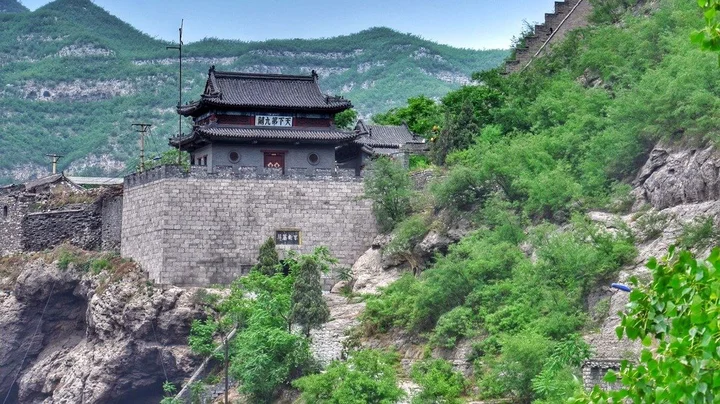
7. Zijing Pass
Zijing Pass is located on Zijing Ridge, 40 kilometers west of Yi County, Hebei Province, China. It is one of the main routes for entering the Taihang Mountains from the Hebei Plain. There is a danger of "one husband is in charge, ten thousand husbands are not in front". Zijingguan consists of five small cities: Xiaojincheng on the north bank of Juma River, Guancheng on the south bank, Xiaopanshicheng, Qifengkou City and Guanzuoling City.
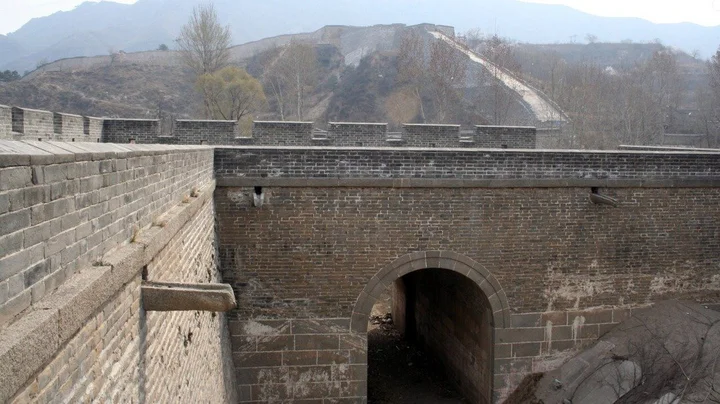
8. Piantouguan
Piantouguan is located by the Yellow River in Pianguan County. Together with Ningwu Pass and Yanmen Pass, it is collectively called the "Three Passes". Piantou Guan is connected to Yajiao Mountain in the east, and the Yellow River is in the west. It is named Piantou because it east up and west down. The existing Guancheng was built in the thirteenth year of Ming Hongwu (1390). Ming Xuande, Tianshun, Hongzhi first year, Jiajing six years, Longqing years were all built.
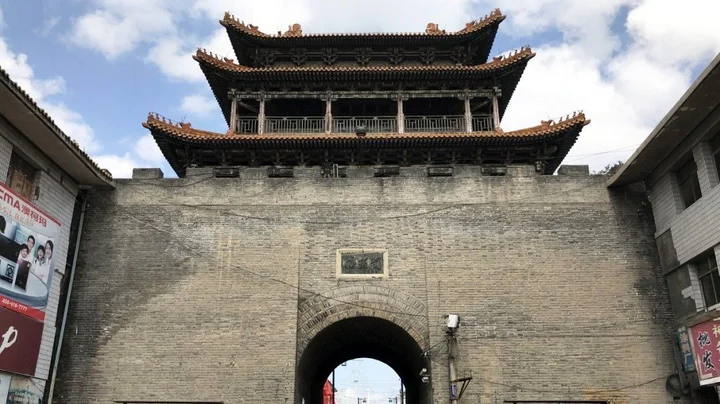
9. Daomaguan
Daomaguan is located in Daomaguan Village, Daomaguan Township, 60 kilometers northwest of Tang County, Hebei Province. It was originally built during the Warring States Period and was called Hongzhi Fort. It was called Changshan Pass in the Han Dynasty, and Tieguan in the Northern Wei Dynasty, also known as Hongshan Pass. After the Ming Dynasty, it was generally called Daoma Pass. The entire Guancheng is built according to the terrain. The Tang River flows around the Guancheng from the west, north and east. The plane is an east-west rectangle and is divided into upper and lower cities.

10. Ningwuguan
Ningwuguan is the location of the general garrison of the Sanguan guards. Guancheng was built in the first year of Jingtai in Ming Dynasty (1450 AD), and it was repaired in Chenghua, Zhengde and Longqing years of Ming Dynasty. Guancheng is located on the top of Huagai Mountain in the remaining part of Hengshan Mountain, facing the Hui River, overlooking the east, west and south sides, with a circumference of 2 kilometers and three gates in the east, west and south.
